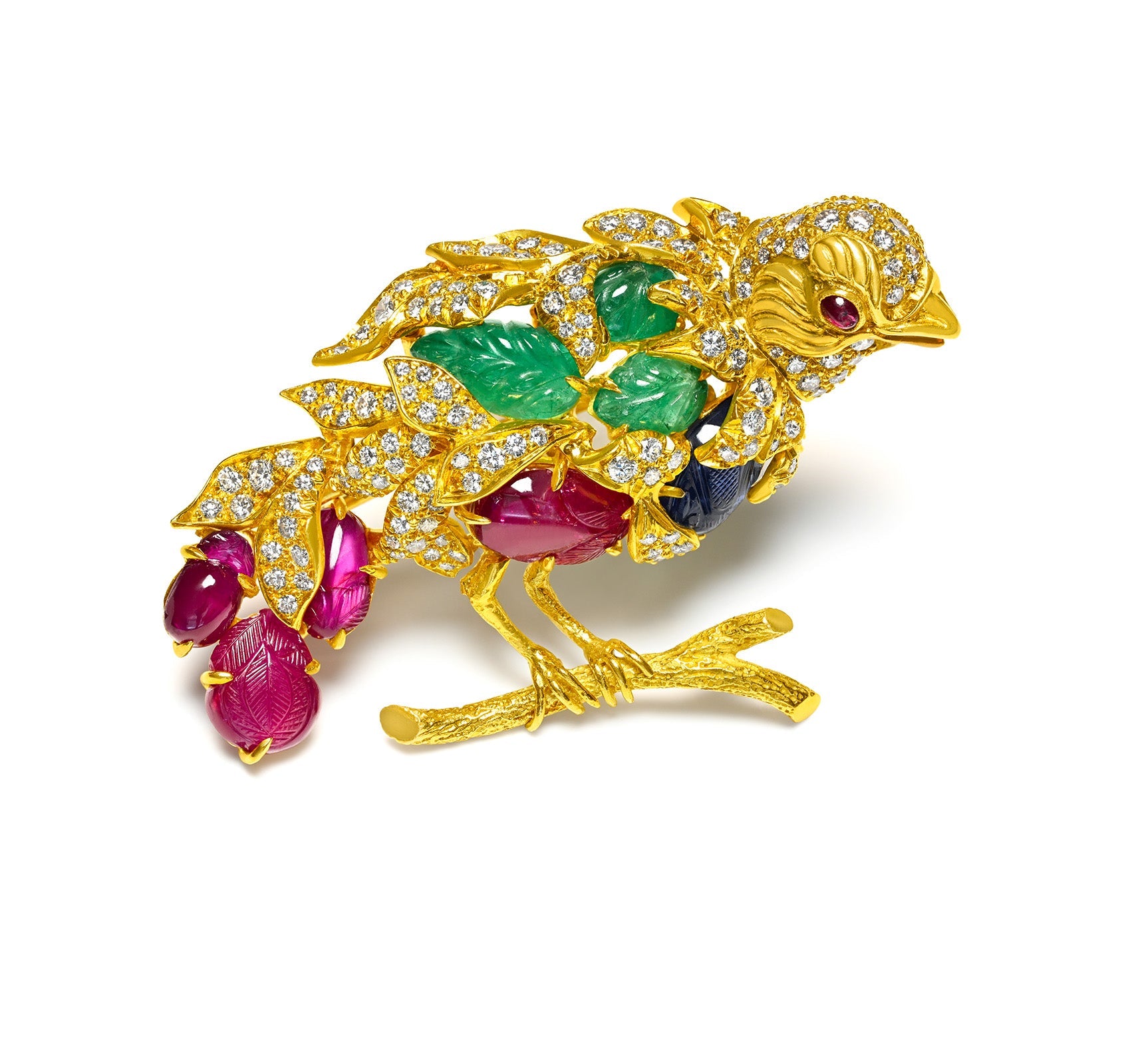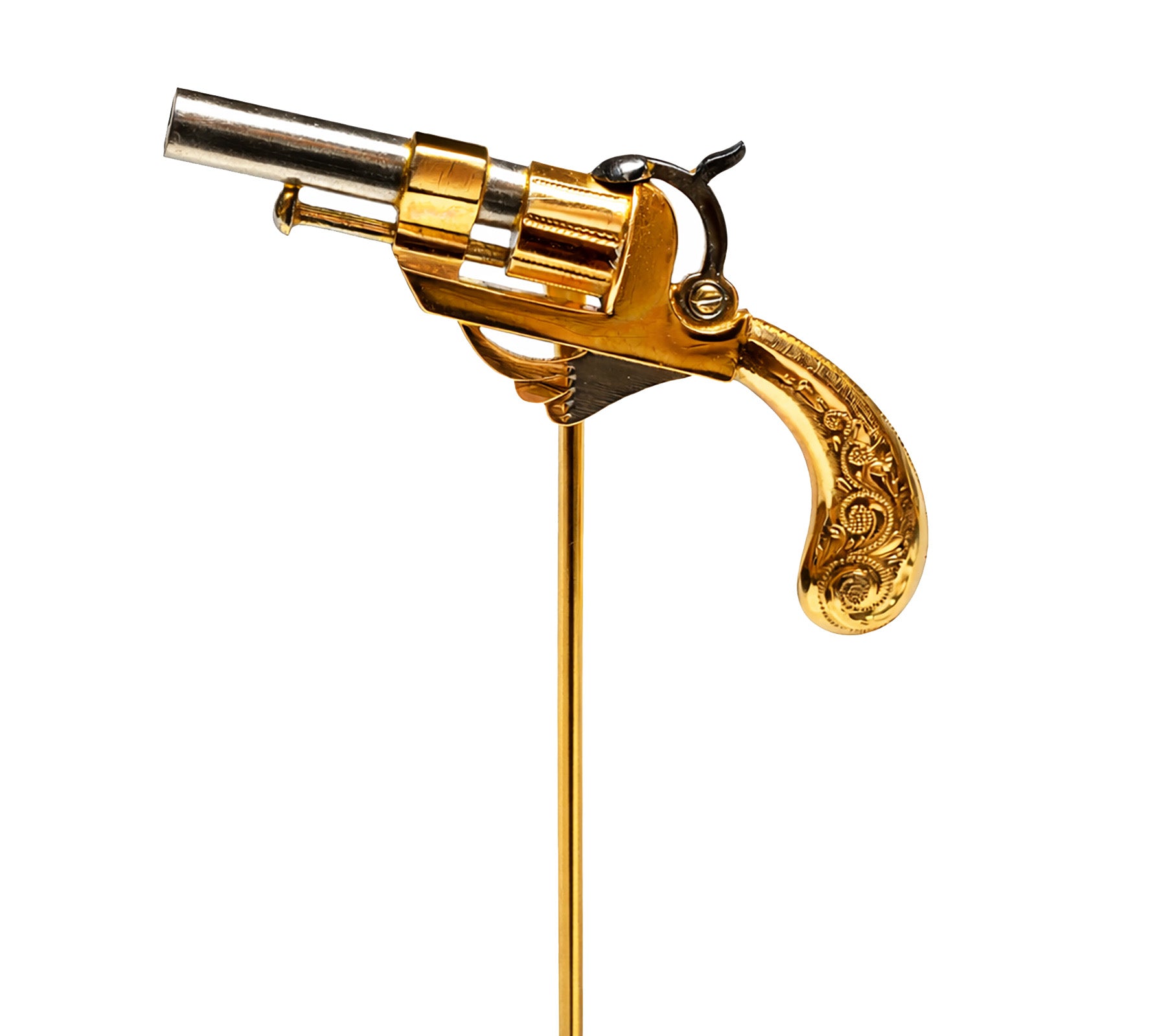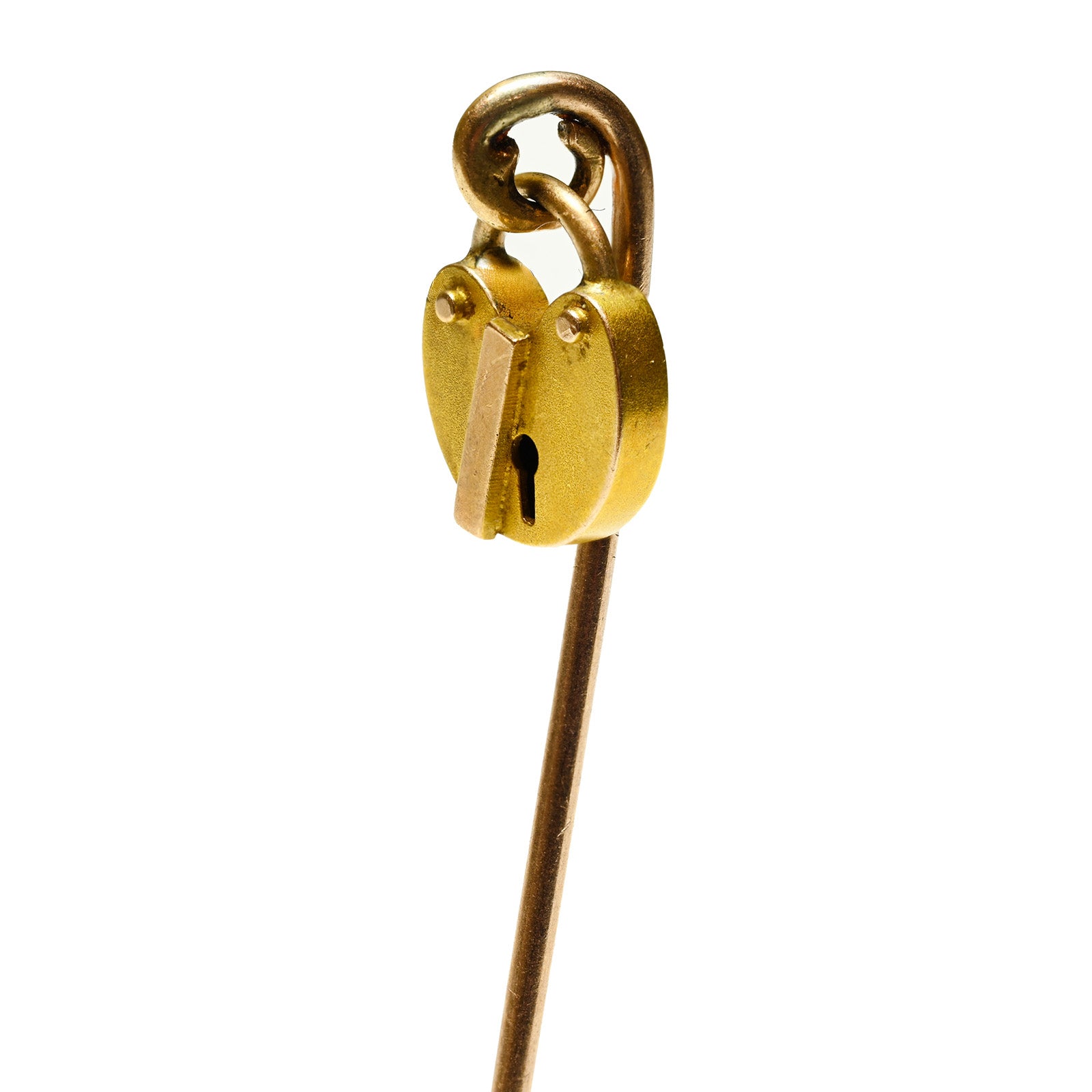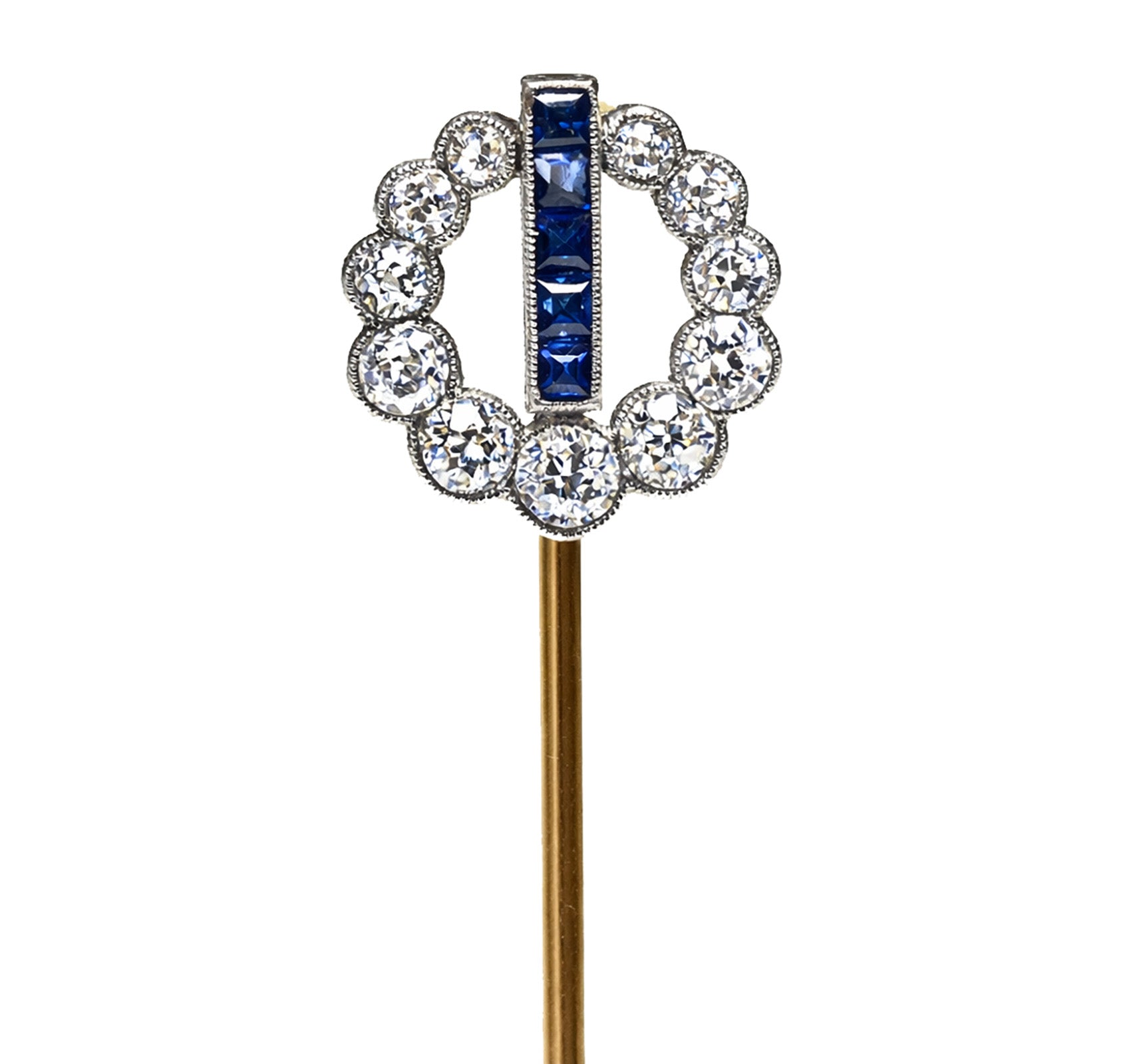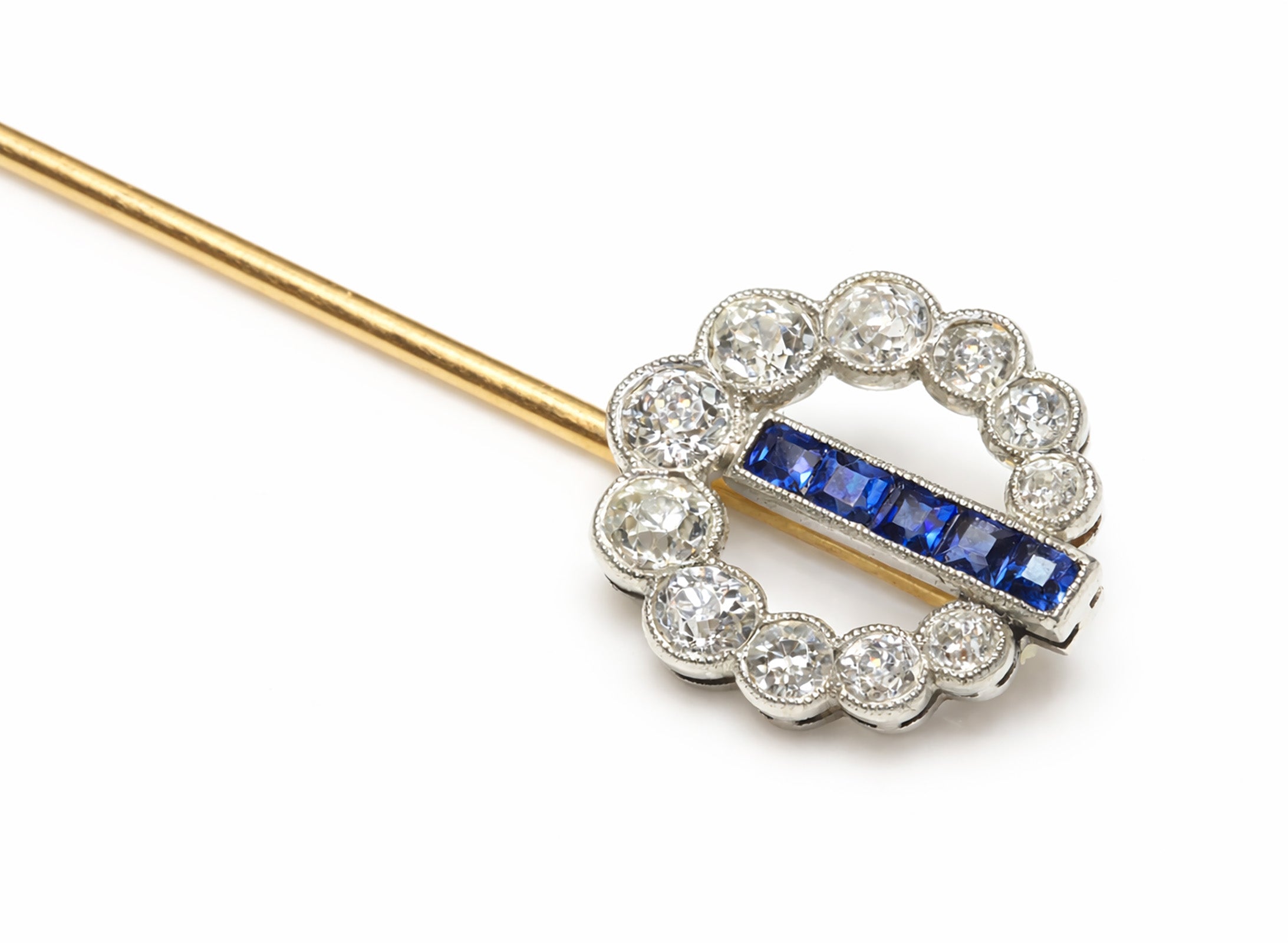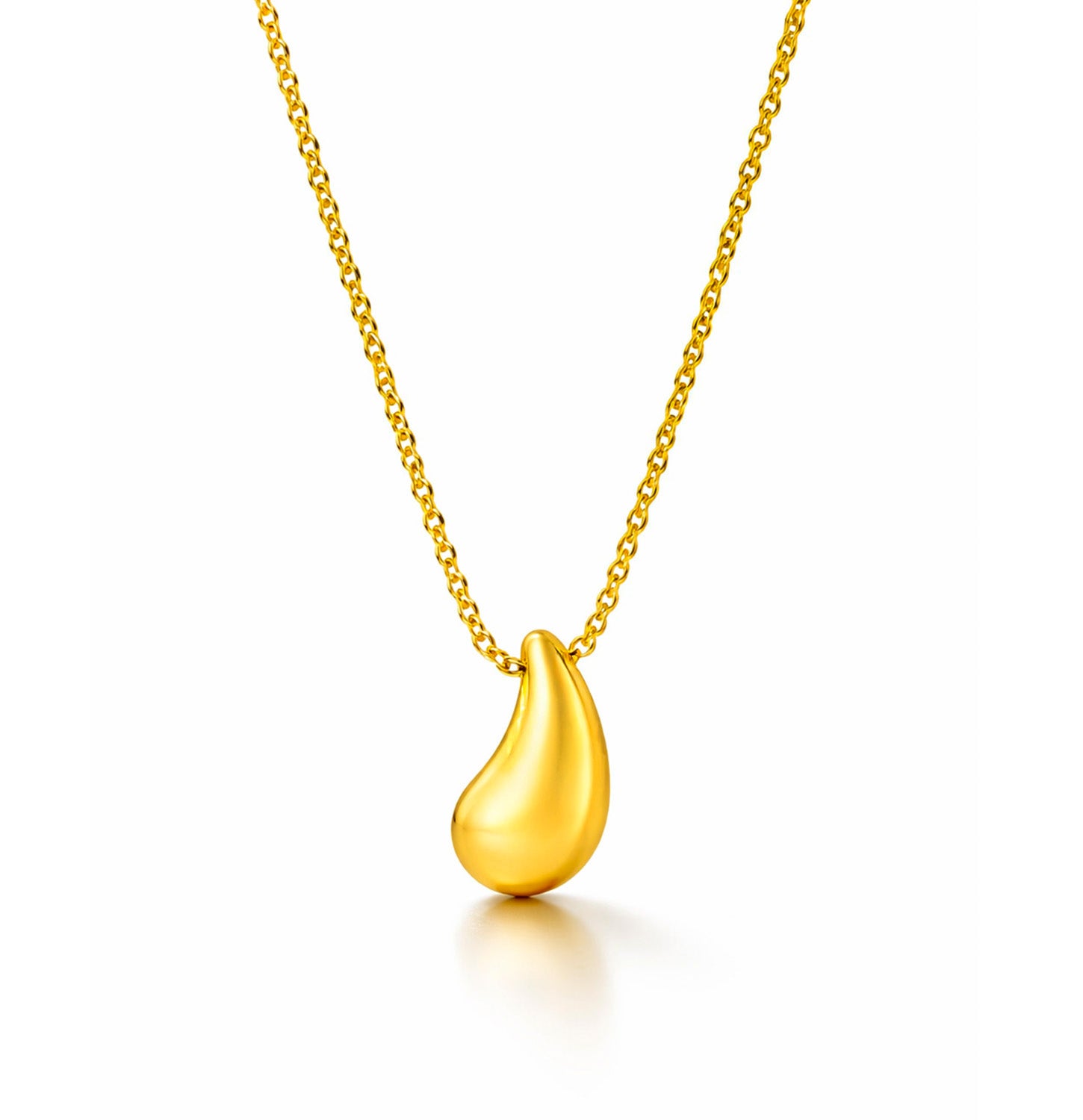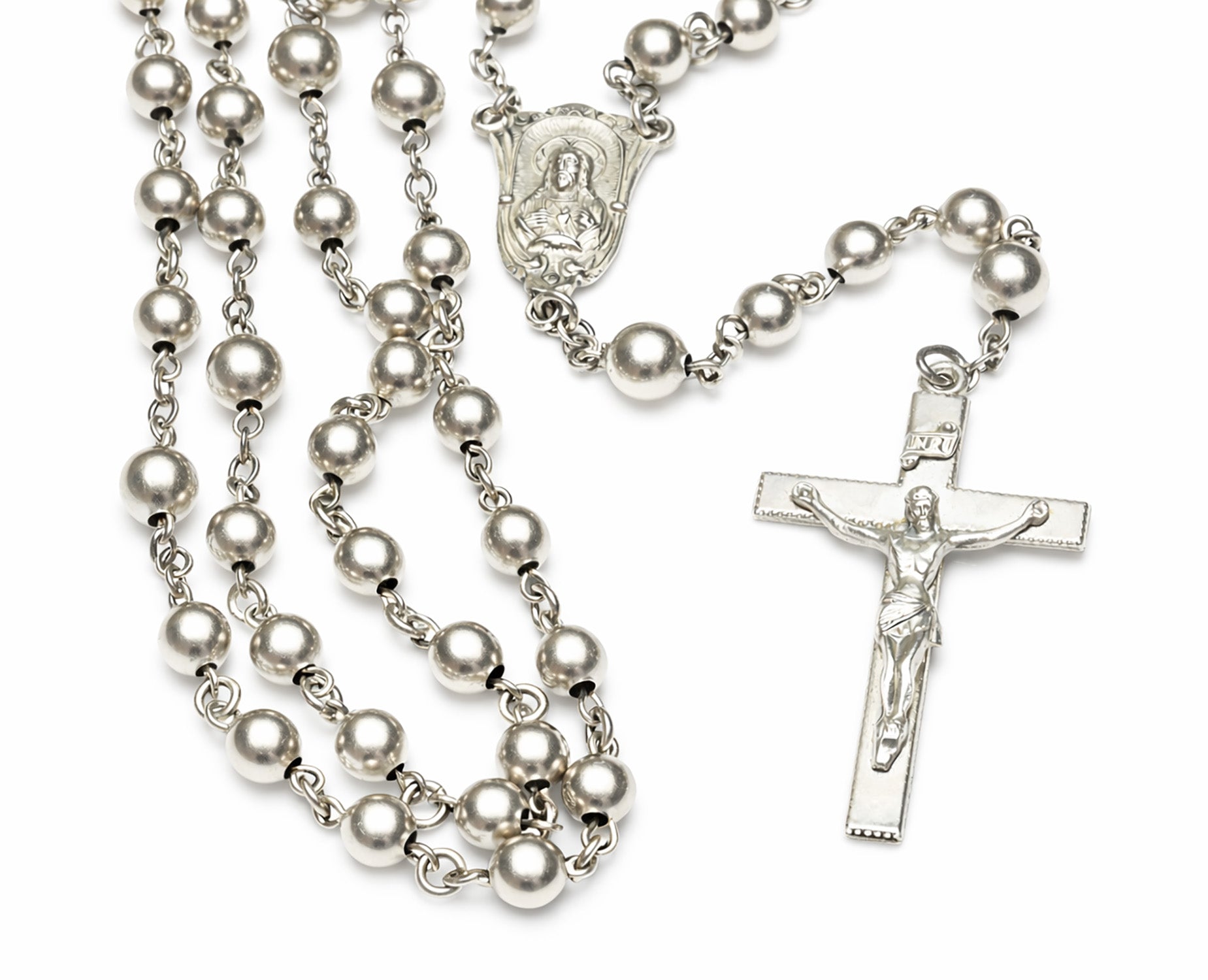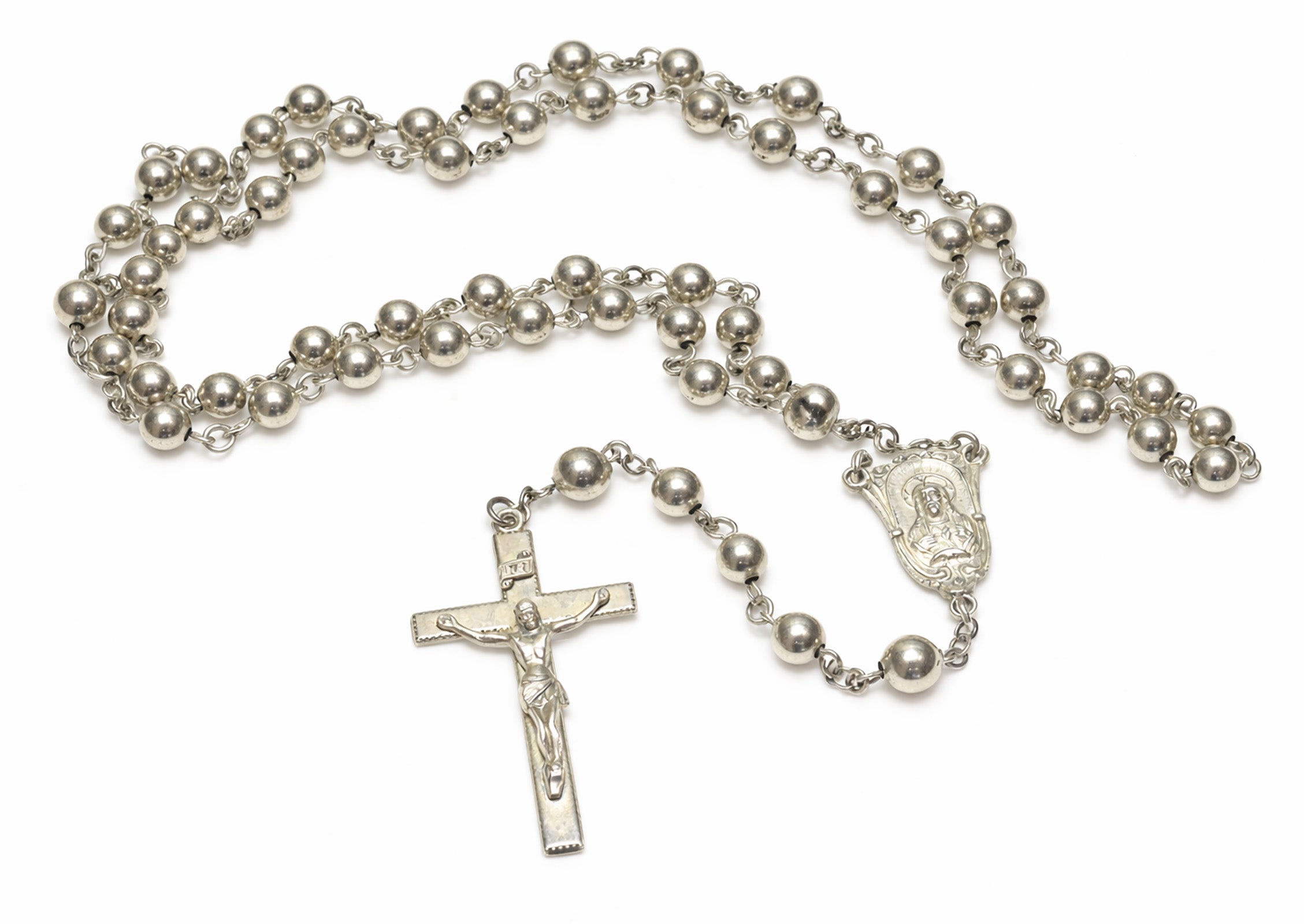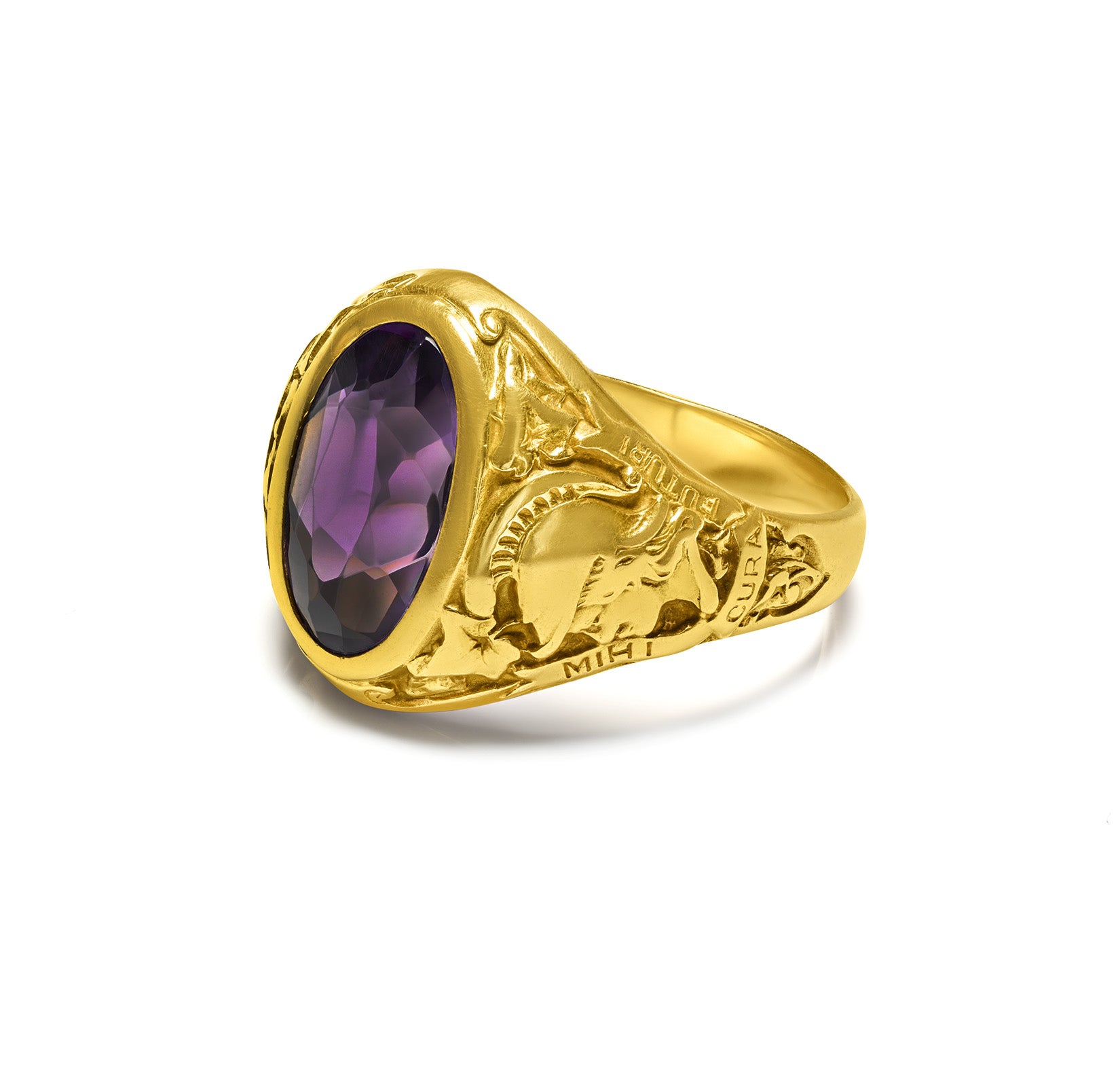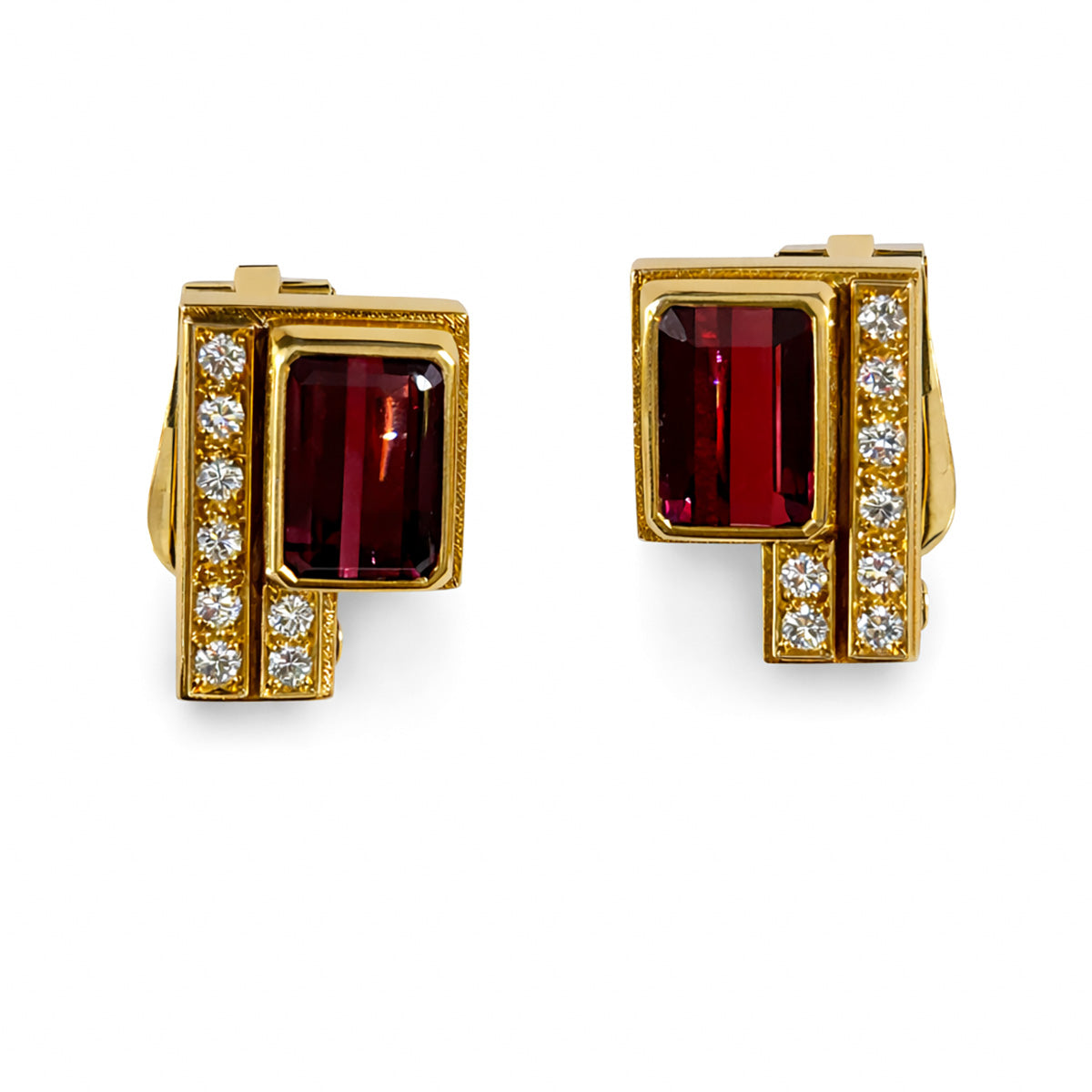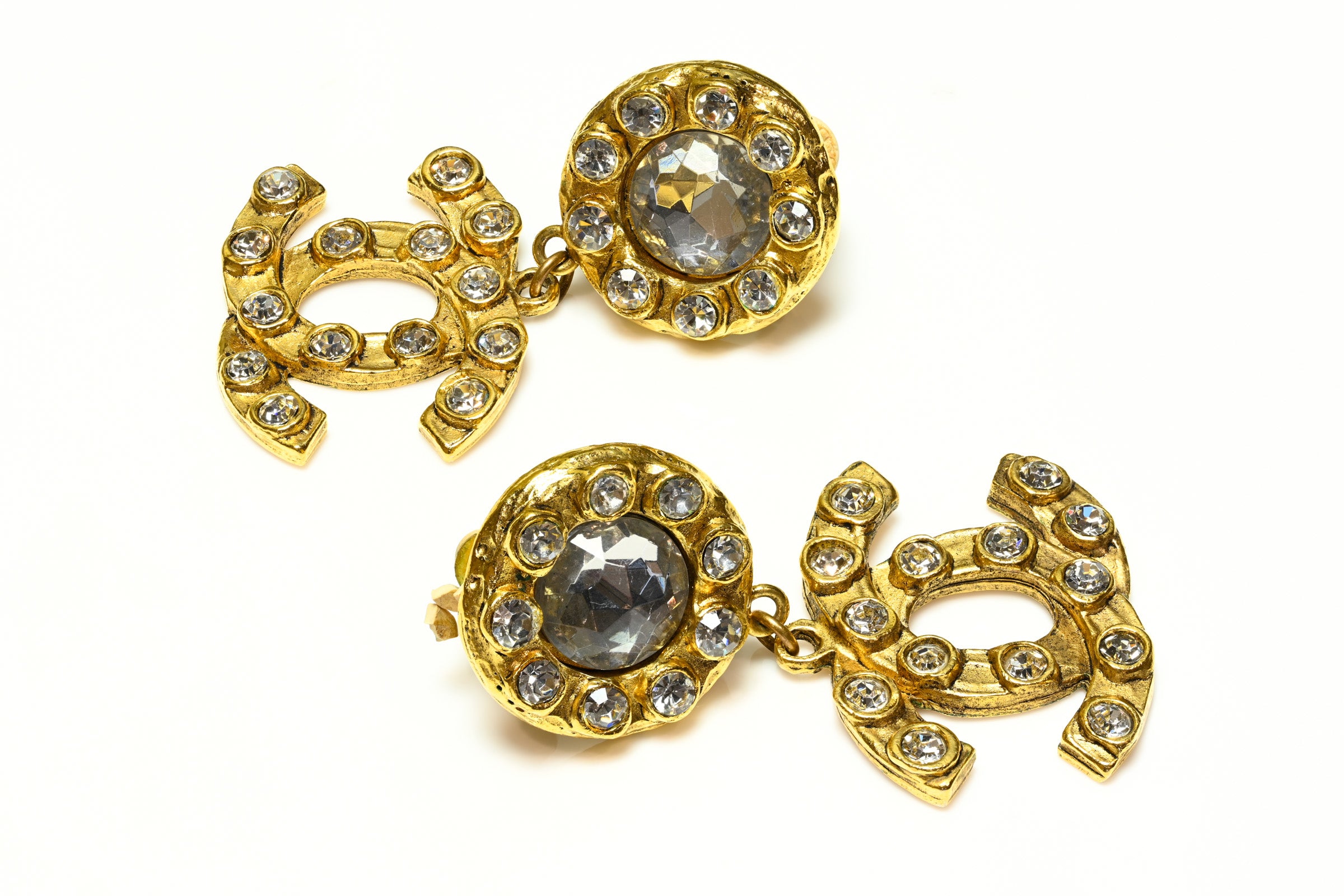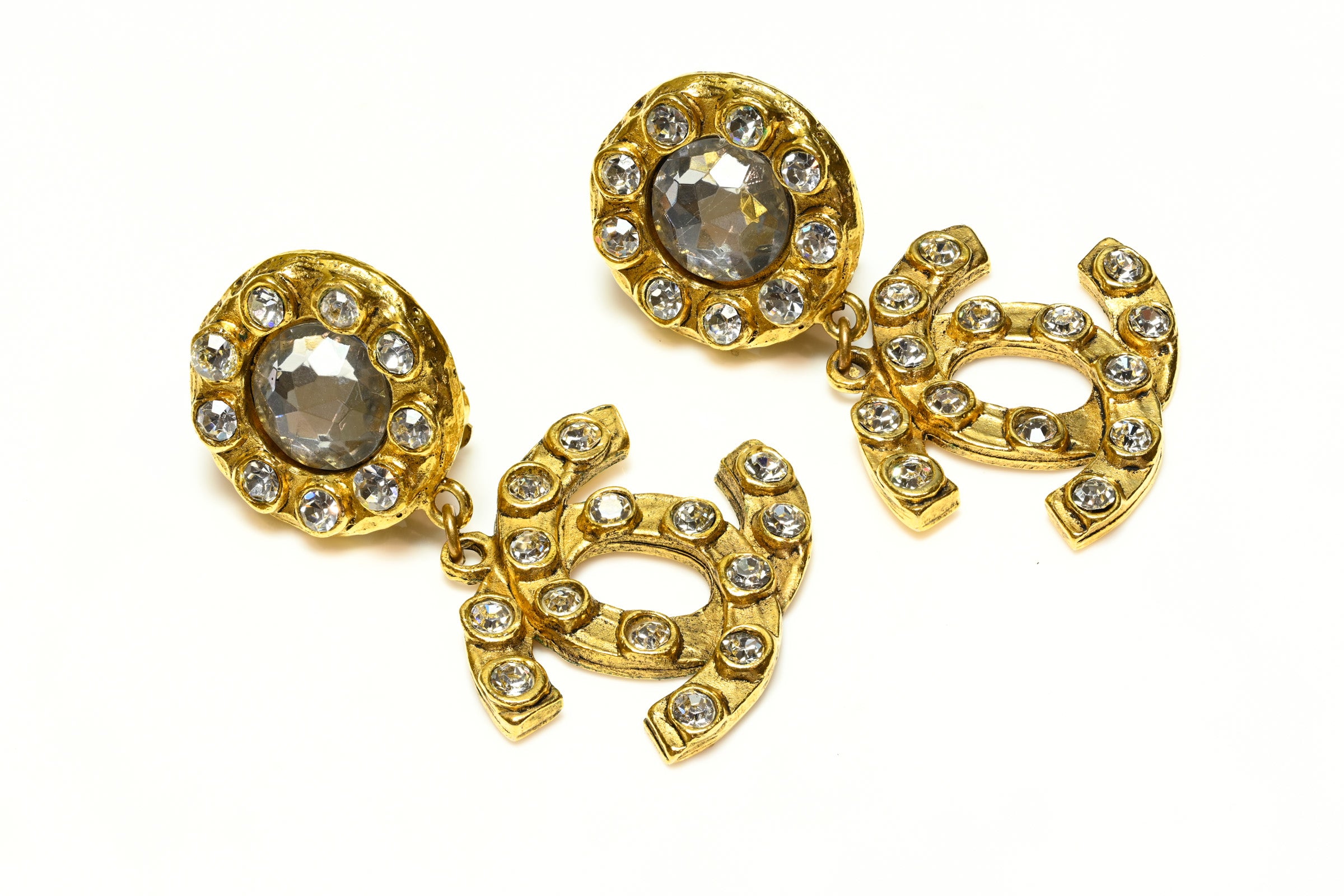
Interesting Facts About Perfumes: History And Characteristics
Perfume has fascinated mankind since ancient times. It is the invisible accessory that completes any outfit and can make you more mysterious, elegant, and charming. Discover some interesting facts about perfumes!
In the past the techniques used by perfumers were rudimentary, the materials were crushed, grated, boiled, and impregnated with fats, extracts of various roots, and resins. Now they use centrifugation, vacuum distillation, and extraction with volatile solvents. The combination of well-diluted essences will forever remain the perfumer's secret.
The alchemist can recognize over 3,000 different scents, and in his laboratory, he makes up his formulas and samples them on pieces of paper. He can work on a composition for months, sometimes years, in search of the perfect scent.
In 1730, the first famous perfumer, Gian-Maria Farina, created "Aqua Mirabilis", better known today as "Eau de Cologne".
Francois Coty is credited with the creation of families of cosmetics (powder, lipstick, etc.) derived from perfume.
In 1889, Aime Guerlain created "Jicky", considered to be the first great French perfume and also the first to combine natural and synthetic essences. Many believe that synthesis has nothing to do with the poetry of perfume, but one has to admit that raw materials, especially animal ones, are rare, expensive, difficult to procure, and require complicated handling. Synthesis has helped protect wildlife, but, more importantly, it has made perfume accessible to all.
Oftimes, the brilliant perfumers remain in the shadow of their masterpieces.
This was the case, for example, with Ernest Beaux, who created "Chanel No. 5", and Edmond Roudnitska, who created for Dior "Diorissimo", and "Eau Sauvage".
Henri Almeras designed "Joy" in 1929 - it was the most expensive perfume in the world for a very long time.
The Magical World Of Perfumes: The Olfactory Families
Perfumes can be grouped into different olfactory families, which include both masculine and feminine fragrances. More specifically, we have the Fresh, Floral, Floriental, Ambree, Fougere, Woody, Chypre, and Gourmand families.
The floral family of essences is the most important one for ladies. The inspiration is most often a flower or flowers. When a single flower is used, perfumes are called soliflore, for example, "Diorissimo", which is based on lavender.
The Fougere family includes perfumes with a base of lavender, coumarin (extracted from Tonka beans), and oakmoss. This family is named after the Fougere Royale fragrance produced by Houbigant, the first to use this base. Many men's fragrances based on herbaceous or woody scents can be found here.
The oriental family is a class of perfumes combining vanilla or other animal essences with floral or woody essences.
Chypre is the name of the fragrance created by Francois Coty, who gave the name to these perfume families. Here we find a blend of bergamot, oakmoss, paciuli and labdanum.
There are also perfumes combining honey, tobacco, wood, and wood tar essences, with a smell resembling leather.
Then there are the woody masculine fragrances. Perfumes with woody essences, especially sandalwood or cedarwood and patchouli.
The citrus perfumes until recently consisted mainly of refreshing colognes due to citrus essences. The production of new aromatic compounds has made it possible to create new perfumes using mainly citrus essences.
Perfume manufacturers are not obliged to inform buyers about the chemical composition of perfumes. This regulation is required because of trade secrecy.
Composition Of Perfumes: Compositions And Concentrations
Undiluted oils, both natural and synthetic, contain high concentrations of volatile compounds, which can cause certain allergies, injuries if applied to the skin, or damage clothing.
Aromatic oils are diluted with a precise amount of solvent to make them easier to use. Jojoba, coconut oil, or wax are used as solvents, but the most common solvent is ethanol, or a mixture of ethanol and water.
The proportion of aromatic oils in a perfume determines its type.
Perfume extract: 20%-40% aromatic compounds
Perfume water: 10%-30% aromatic compounds
Toilet water: 5%-20% aromatic compounds
Eau de cologne: 2%-3% aromatic compounds
Storage Of Perfumes
Fragrances can degrade at high temperatures, in the presence of light, oxygen, and dust.
If stored properly, fragrance can retain its qualities for many years and the ideal temperature is between 3 and 7 degrees Celsius.
The Most Expensive Perfume In The World
The fragrance is called "CLIVE CHRISTIANO NO. 1" and has entered the Guinness Book of Records as the most expensive perfume in the world. This perfume is produced in 1,000 copies annually, in women's and men's variants.
The presentation takes your breath away, with its special packaging - a handcrafted crystal bottle with a gold ring and a diamond encrusted in it.
Being a special fragrance and its ingredients are rare: aged sandalwood and Tahitian vanilla.
Clive Christian has also launched the fragrance in a special "Imperial Majesty" edition, in Baccarat crystal bottles with a five-carat diamond. So far, only ten bottles have been produced and sold, each costing around $200,000.
In the past the techniques used by perfumers were rudimentary, the materials were crushed, grated, boiled, and impregnated with fats, extracts of various roots, and resins. Now they use centrifugation, vacuum distillation, and extraction with volatile solvents. The combination of well-diluted essences will forever remain the perfumer's secret.
The alchemist can recognize over 3,000 different scents, and in his laboratory, he makes up his formulas and samples them on pieces of paper. He can work on a composition for months, sometimes years, in search of the perfect scent.
In 1730, the first famous perfumer, Gian-Maria Farina, created "Aqua Mirabilis", better known today as "Eau de Cologne".
Francois Coty is credited with the creation of families of cosmetics (powder, lipstick, etc.) derived from perfume.
In 1889, Aime Guerlain created "Jicky", considered to be the first great French perfume and also the first to combine natural and synthetic essences. Many believe that synthesis has nothing to do with the poetry of perfume, but one has to admit that raw materials, especially animal ones, are rare, expensive, difficult to procure, and require complicated handling. Synthesis has helped protect wildlife, but, more importantly, it has made perfume accessible to all.
Oftimes, the brilliant perfumers remain in the shadow of their masterpieces.
This was the case, for example, with Ernest Beaux, who created "Chanel No. 5", and Edmond Roudnitska, who created for Dior "Diorissimo", and "Eau Sauvage".
Henri Almeras designed "Joy" in 1929 - it was the most expensive perfume in the world for a very long time.
The Magical World Of Perfumes: The Olfactory Families
Perfumes can be grouped into different olfactory families, which include both masculine and feminine fragrances. More specifically, we have the Fresh, Floral, Floriental, Ambree, Fougere, Woody, Chypre, and Gourmand families.
The floral family of essences is the most important one for ladies. The inspiration is most often a flower or flowers. When a single flower is used, perfumes are called soliflore, for example, "Diorissimo", which is based on lavender.
The Fougere family includes perfumes with a base of lavender, coumarin (extracted from Tonka beans), and oakmoss. This family is named after the Fougere Royale fragrance produced by Houbigant, the first to use this base. Many men's fragrances based on herbaceous or woody scents can be found here.
The oriental family is a class of perfumes combining vanilla or other animal essences with floral or woody essences.
Chypre is the name of the fragrance created by Francois Coty, who gave the name to these perfume families. Here we find a blend of bergamot, oakmoss, paciuli and labdanum.
There are also perfumes combining honey, tobacco, wood, and wood tar essences, with a smell resembling leather.
Then there are the woody masculine fragrances. Perfumes with woody essences, especially sandalwood or cedarwood and patchouli.
The citrus perfumes until recently consisted mainly of refreshing colognes due to citrus essences. The production of new aromatic compounds has made it possible to create new perfumes using mainly citrus essences.
Perfume manufacturers are not obliged to inform buyers about the chemical composition of perfumes. This regulation is required because of trade secrecy.
Composition Of Perfumes: Compositions And Concentrations
Undiluted oils, both natural and synthetic, contain high concentrations of volatile compounds, which can cause certain allergies, injuries if applied to the skin, or damage clothing.
Aromatic oils are diluted with a precise amount of solvent to make them easier to use. Jojoba, coconut oil, or wax are used as solvents, but the most common solvent is ethanol, or a mixture of ethanol and water.
The proportion of aromatic oils in a perfume determines its type.
Perfume extract: 20%-40% aromatic compounds
Perfume water: 10%-30% aromatic compounds
Toilet water: 5%-20% aromatic compounds
Eau de cologne: 2%-3% aromatic compounds
Storage Of Perfumes
Fragrances can degrade at high temperatures, in the presence of light, oxygen, and dust.
If stored properly, fragrance can retain its qualities for many years and the ideal temperature is between 3 and 7 degrees Celsius.
The Most Expensive Perfume In The World
The fragrance is called "CLIVE CHRISTIANO NO. 1" and has entered the Guinness Book of Records as the most expensive perfume in the world. This perfume is produced in 1,000 copies annually, in women's and men's variants.
The presentation takes your breath away, with its special packaging - a handcrafted crystal bottle with a gold ring and a diamond encrusted in it.
Being a special fragrance and its ingredients are rare: aged sandalwood and Tahitian vanilla.
Clive Christian has also launched the fragrance in a special "Imperial Majesty" edition, in Baccarat crystal bottles with a five-carat diamond. So far, only ten bottles have been produced and sold, each costing around $200,000.

